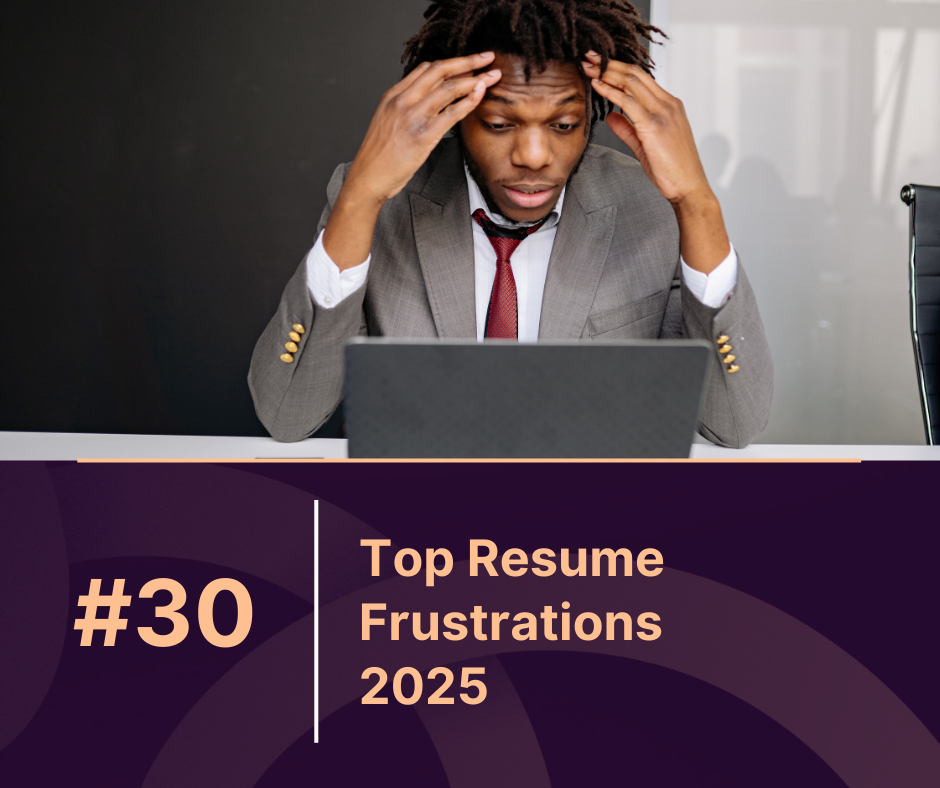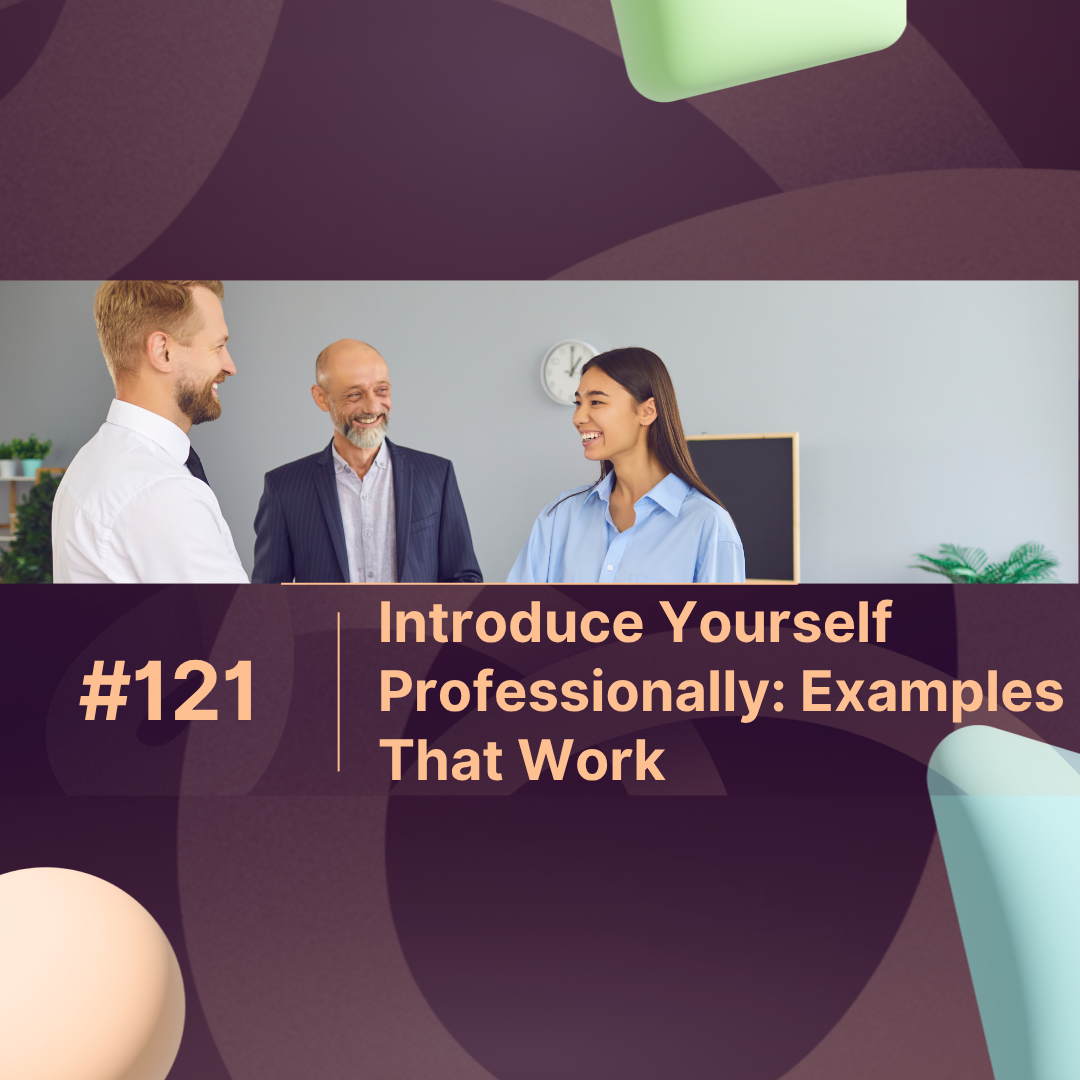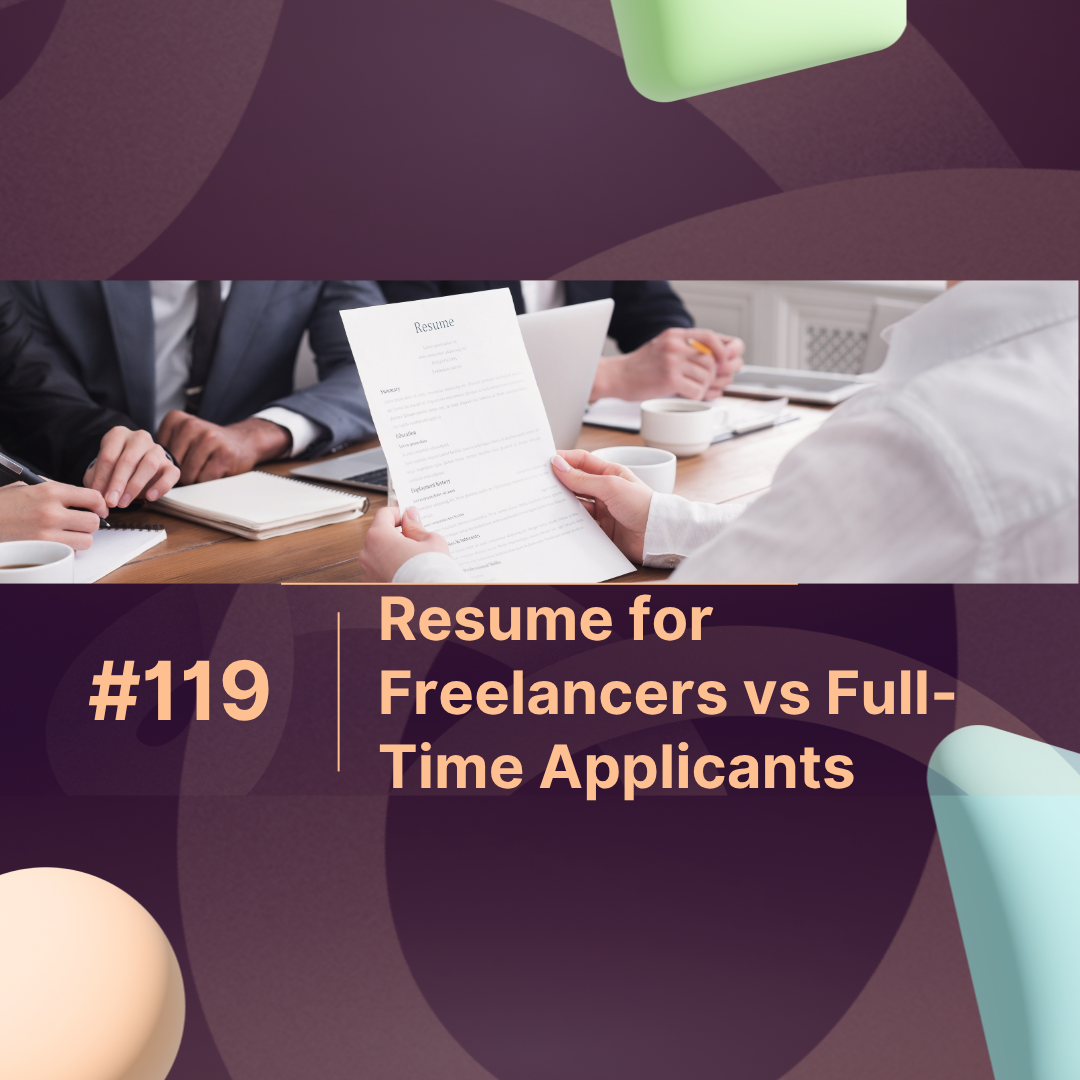Still wondering why your resume isn’t getting noticed even after countless edits?
You’re not alone. In today’s competitive job market, even experienced professionals struggle with resume-building headaches that slow down their career growth.
The truth is, most people face the same top resume frustrations: not knowing what recruiters want, fighting formatting issues, or getting rejected by Applicant Tracking Systems (ATS).
The good news? These can all be fixed fast.
Overview
Despite all the AI tools and “smart” resume builders available, job seekers still report feeling stuck. According to LinkedIn’s 2025 Workforce Study, 68% of candidates say their resumes fail to reflect their true value, and 54% don’t know how to make resumes ATS-friendly.
That’s because many tools focus on design, not strategy. A resume today must do two things:
-
Pass automated screening software (ATS).
-
Convince human recruiters to take action.
Most fail at one or both.
The Top Resume Frustrations Job Seekers Face
Here are the biggest challenges professionals report when building or updating their resumes—and how to fix them quickly.
| Frustration | Why It Happens | Quick Fix (2025 Approach) |
|---|---|---|
| 1. My resume never gets a response | Missing role-specific keywords and poor ATS structure | Use AI tools that analyze job descriptions and auto-optimize keyword placement |
| 2. It looks good, but feels generic | One-size-fits-all templates that ignore tone and context | Customize for each role; focus on results, not tasks |
| 3. Recruiters skip over it | Weak impact statements and dense formatting | Add quantified results (e.g., “Increased revenue by 30%”) |
| 4. Too long or too short | No clarity on ideal length by role level | Keep 1 page for early careers, 2 for experienced professionals |
| 5. I’m unsure what to include | Lack of modern resume benchmarks | Use AI-based guidance from next-gen platforms like MaxProfile |
Why These Resume Issues Still Exist
The hiring landscape has changed faster than traditional resume strategies.
Today’s recruiters use AI-driven systems that score resumes for relevance, tone, and data-backed results. So, if your resume looks stylish but doesn’t speak the language of AI and recruiters, it gets ignored.
A major reason people still struggle is that traditional builders don’t teach strategy—they automate design. This creates resumes that are pretty, but not powerful.
That’s where smarter systems come in: ones that analyze your career story, job targets, and metrics before writing anything.
Platforms like MaxProfile quietly lead this new era turning bullet points into achievement stories and optimizing your resume for both ATS bots and human readers.
How to Fix Top Resume Frustrations in Minutes
1. Start with Data, Not Design
Use your results numbers, growth percentages, time saved—to demonstrate value. Resumes with data-backed results get 45% more recruiter engagement.
2. Match Each Job Description Exactly
Every company uses unique keywords in their postings. AI-based platforms now highlight which terms to include or remove for better visibility.
3. Focus on Structure and Simplicity
Avoid tables, logos, or text boxes that can confuse ATS. Stick to clean headings and consistent fonts.
4. Tell a Story, Don’t List Tasks
Instead of writing “Managed social media accounts,” write “Grew engagement by 120% through data-driven campaigns.”
5. Use AI Assistance Wisely
Modern resume assistants (like MaxProfile) go beyond templates—they fine-tune tone, structure, and measurable language while staying true to your personal voice.
The Resume Optimization Difference
| Metric | Traditional Resume Builder | AI-Enhanced Optimizer (e.g., MaxProfile) |
|---|---|---|
| ATS Pass Rate | 62% | 95% |
| Recruiter Callback Rate | 18% | 40% |
| Resume Completion Time | 2.5 hrs | 25 mins |
| Keyword Match Accuracy | 60% | 92% |
| User Satisfaction (2025 avg.) | 64% | 93% |
Resumes are no longer static documents they’re dynamic career tools. In 2025, the best resumes are built, optimized, and tested like digital assets.
How to Future-Proof Your Resume
-
Reassess every six months. Hiring algorithms change frequently.
-
Quantify achievements. Metrics are now the universal recruiter language.
-
Integrate soft skills. Emotional intelligence and adaptability are trending in 2025.
-
Stay visually minimal. Clean formatting always outperforms fancy designs.
-
Get feedback from AI and humans. Tools like MaxProfile combine both perspectives for balanced improvement.
Conclusion
The Top Resume Frustrations in 2025 aren’t about effort—they’re about alignment. You can spend hours crafting the perfect document, but if it doesn’t match how recruiters and algorithms read, you’ll miss out.
The fix? Use intelligence-driven strategies that blend data, storytelling, and personalization.
With smart, AI-supported resume platforms like MaxProfile, you can turn frustration into momentum—and create a resume that actually gets results.
Because your experience deserves more than a template it deserves attention.
FAQs: Common Questions About Resume Challenges
1. Why do resumes get rejected by ATS systems?
Most rejections come from poor keyword alignment or formatting that ATS software can’t read.
2. How can I make my resume stand out fast?
Use data-driven achievements, clean design, and job-specific language for each application.
3. Should I use an AI resume builder in 2025?
Yes. Modern AI tools like MaxProfile ensure your resume is ATS-ready, personalized, and strategically structured.
4. How long should my resume be?
Keep it concise—1 page for entry-level, 2 pages for senior professionals.
5. What’s the most overlooked part of a resume?
Quantifiable results. Recruiters prioritize measurable impact over duties.



